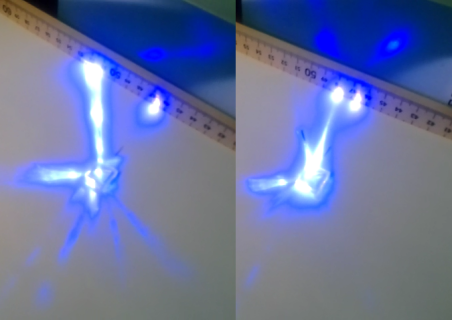We need a new way to test drugs and supplements for safety. The current method is slow and uses animals. Nobody likes animal cruelty. Plus, animal biology is not exactly the same as human biology. There are unpredictable differences. Organ-on-a-chip is a way to culture human cells in a device that mimics the structure of an organ. The device is made of a clear plastic so that scientists can watch the cells under different conditions. If this approach works, it will allow for faster and more accurate safety tests without using animals.
Safety is critical. Before a drug enters human safety trials, it is tested on two species of animals. Even so, strange things can happen when moving to a new species. If a compound is not dangerous to rats or dogs, it can still be dangerous to people. BIA 10-2474 is such a compound: it killed a safety trial participant in France. Conversely, theobromine is safe for humans but dangerous for dogs. If theobromine had been a drug candidate, and it had failed safety tests in dogs, it would have been regarded as too risky to try in people. This despite the fact that it is actually safe. Undoubtedly, there are safe drugs that have been rejected for reasons that are not applicable to people.
With an organ-on-a-chip approach, it may be possible to test drug candidates on human cells in a way that reports whether the compound is actually safe for humans. A 2010 paper in science talks about building a mini-lung that can be used to investigate whole-organ responses like inflammation. That’s not something that shows up in a simple tissue culture model; it requires multiple cell types and structures.
The FDA is now Testing ‘Organs-on-Chips’ Technology according to an FDA blog post:
On April 11, 2017, FDA announced a multi-year research and development agreement with a company called Emulate Inc. to evaluate the company’s “Organs-on-Chips” technology in laboratories at the agency’s Center for Food Safety and Applied Nutrition, one of a number of FDA efforts to help evaluate this chip technology. The flexible polymer organ-chips contain tiny channels lined with living human cells and are capable of reproducing blood and air flow just as in the human body. The chips are translucent, giving researchers a window into the inner workings of the organ being studied.
That’s encouraging. If the FDA determines that organ chips give results that are comparable or better than animal results, we might see lower regulatory hurdles for new drugs. Faster, better approvals are good for patients and investors. Plus, nobody likes animal testing.






You must be logged in to post a comment.